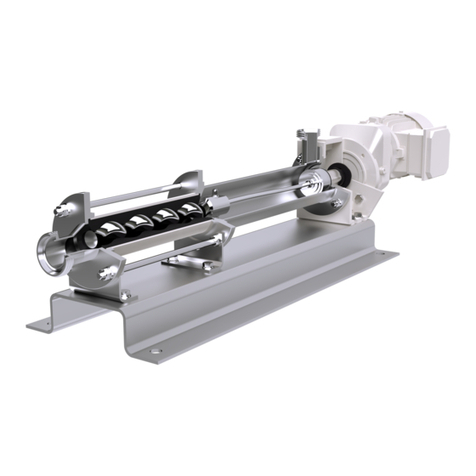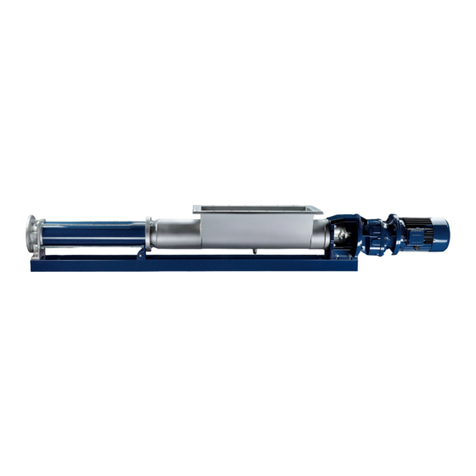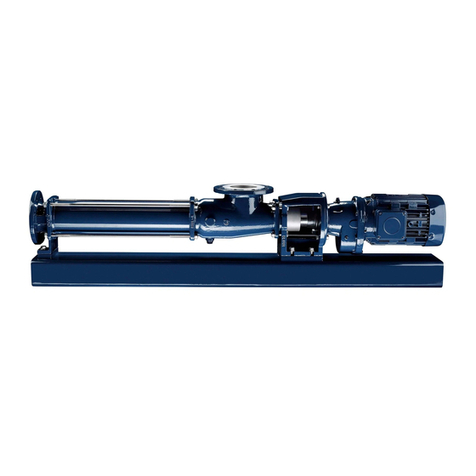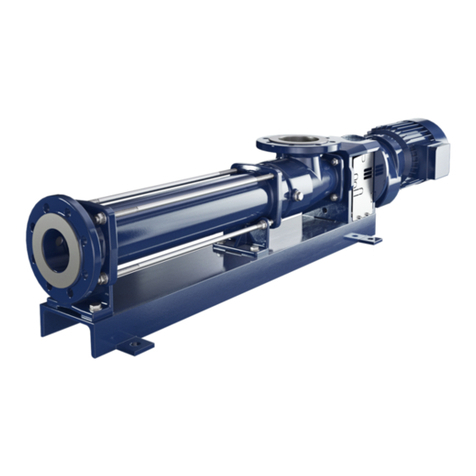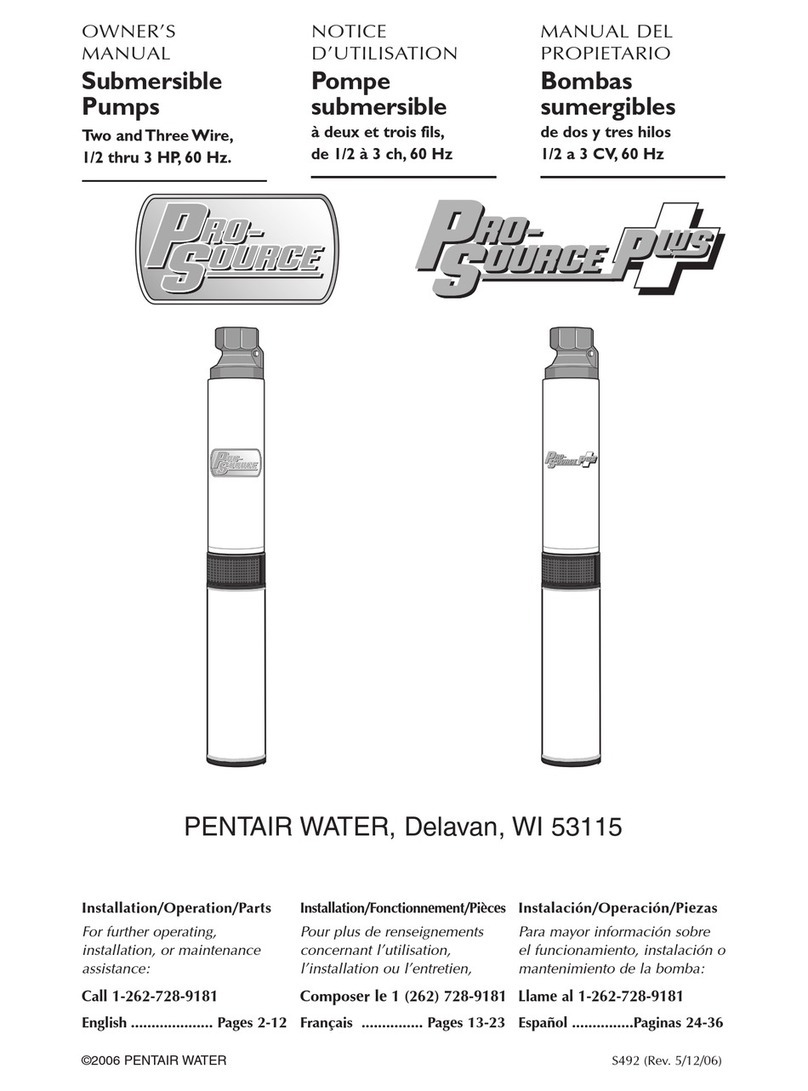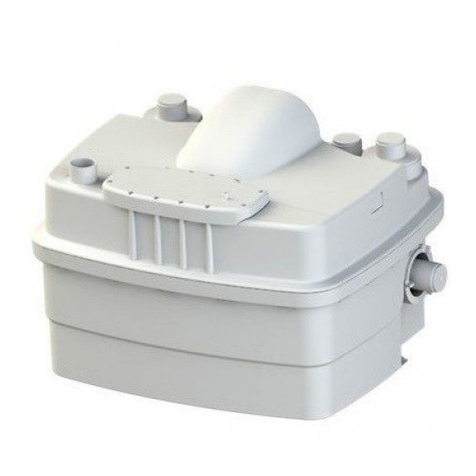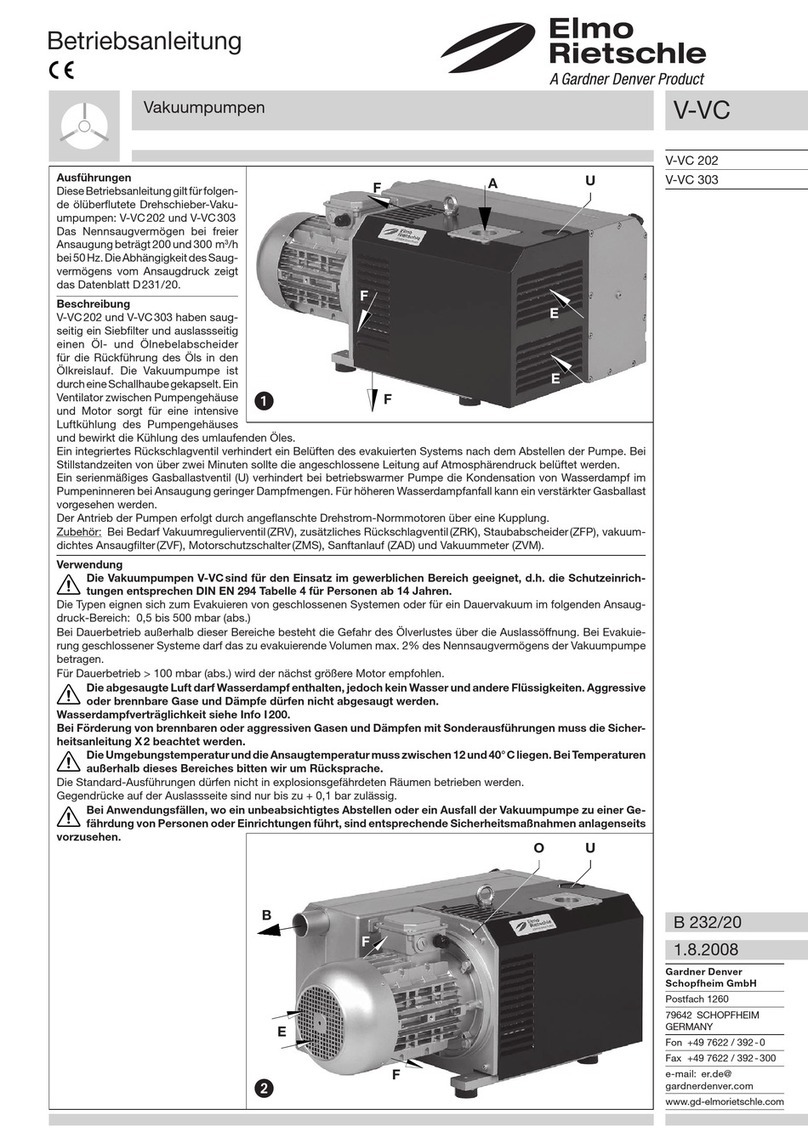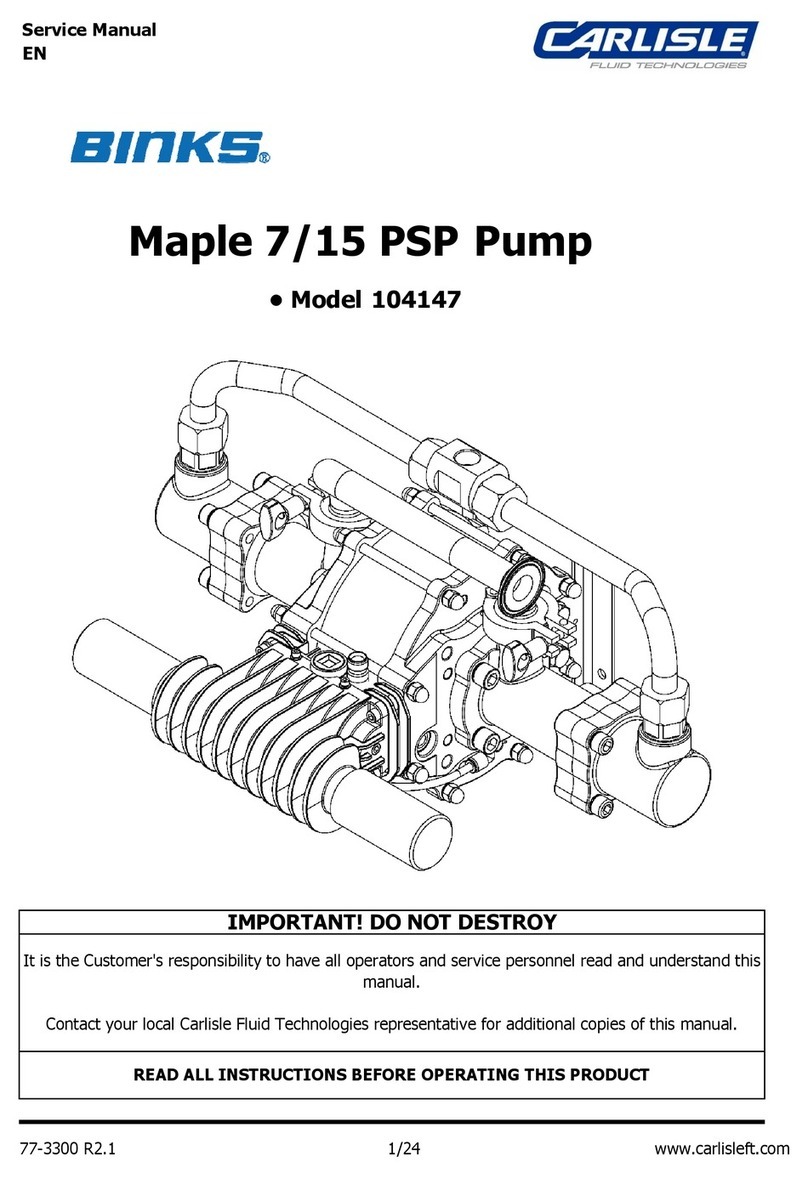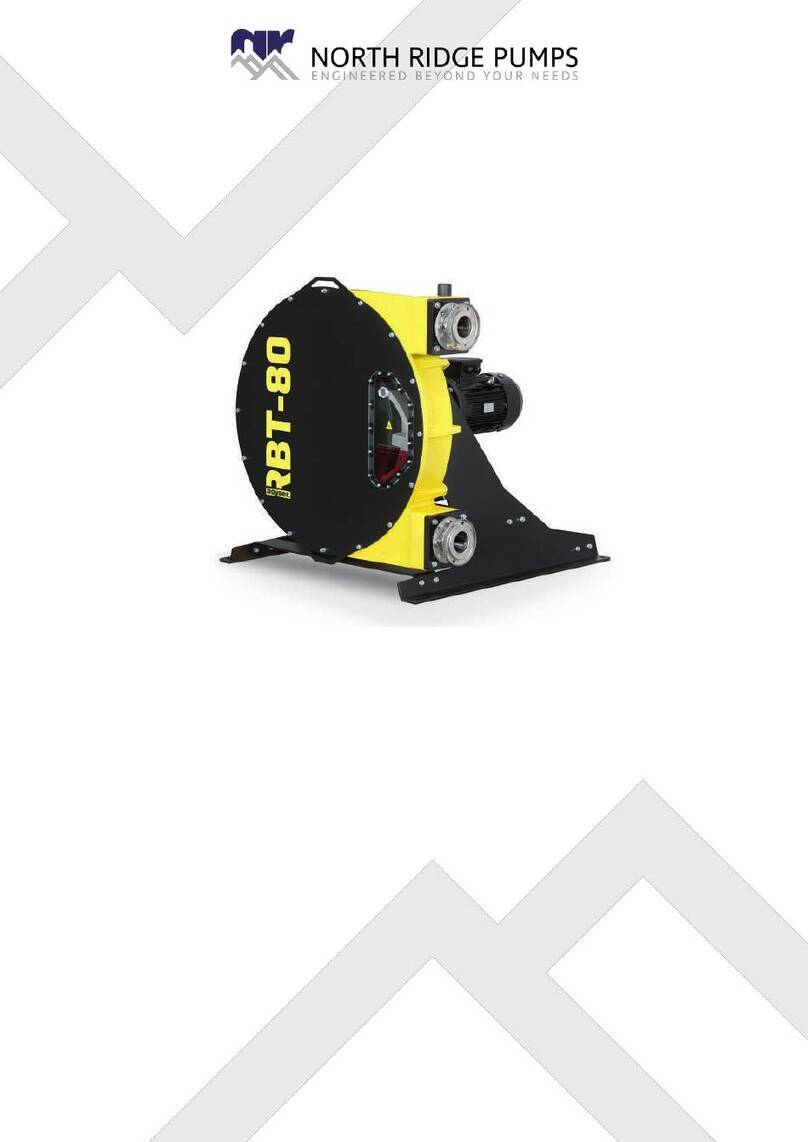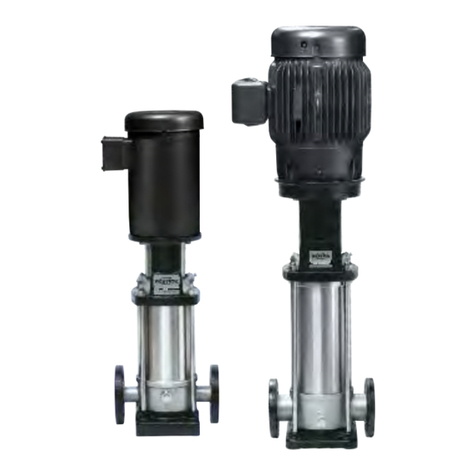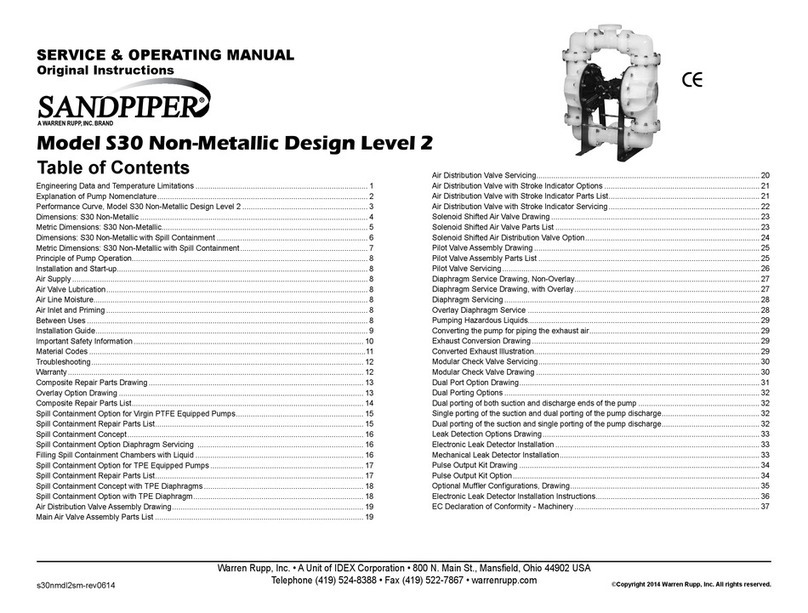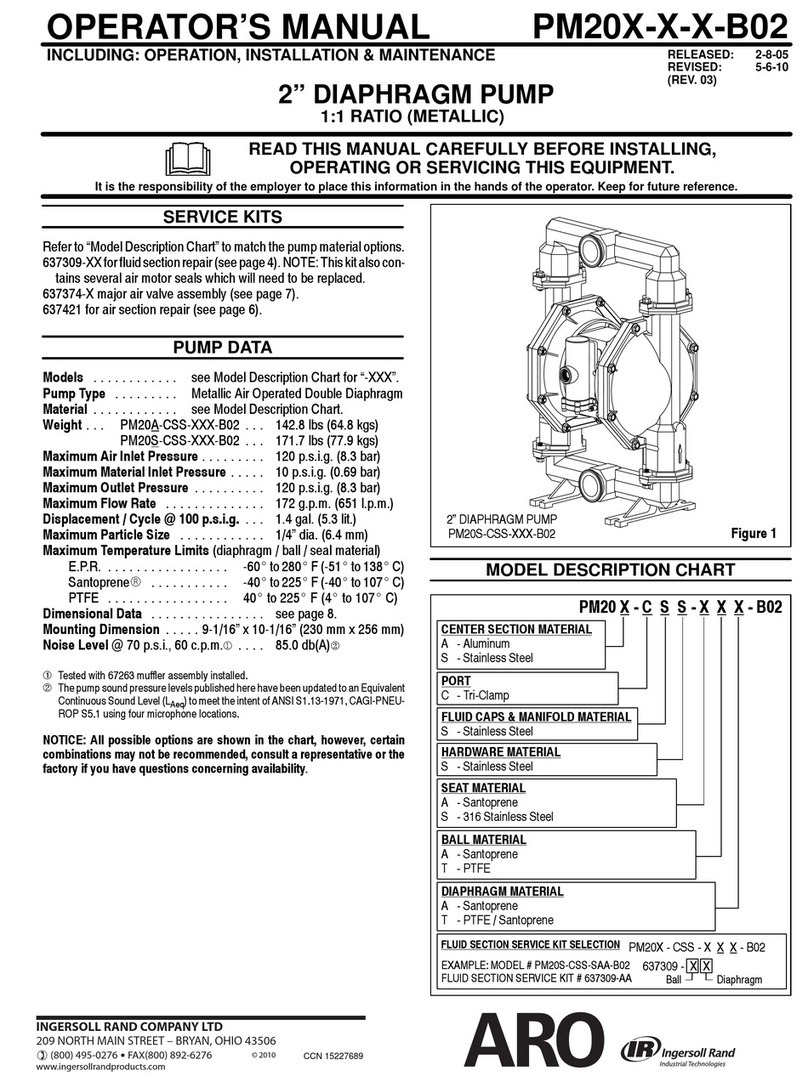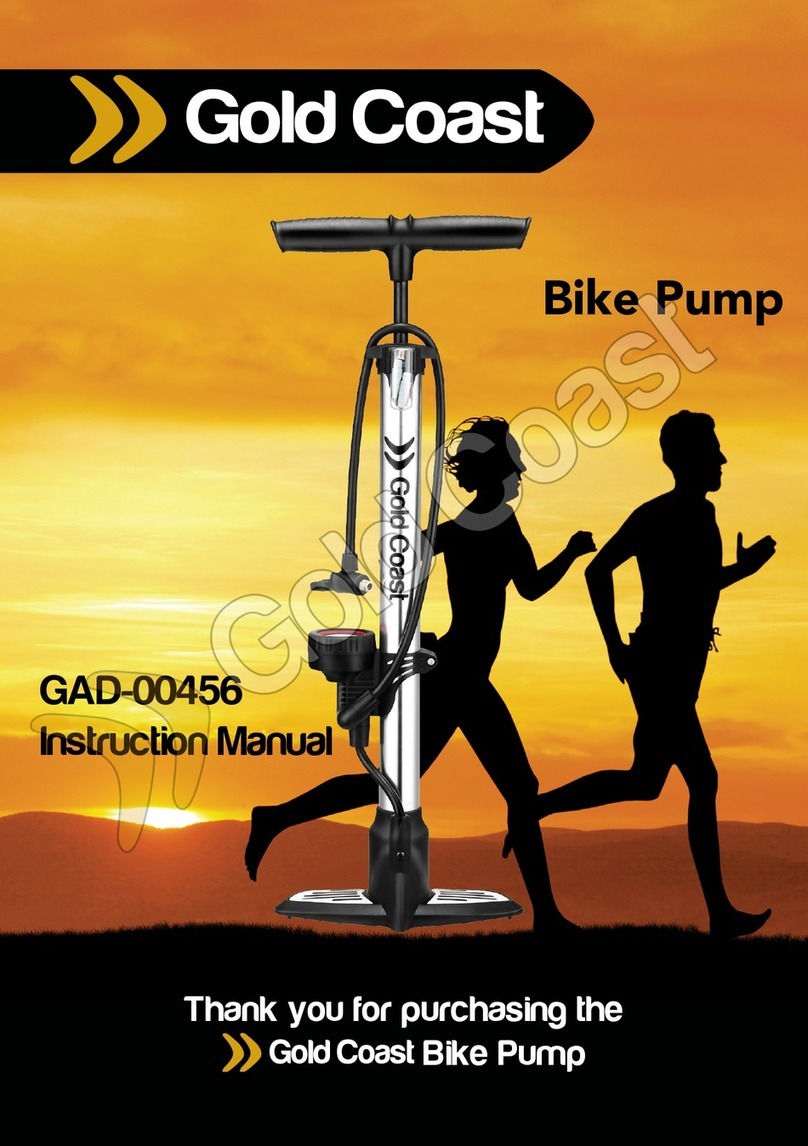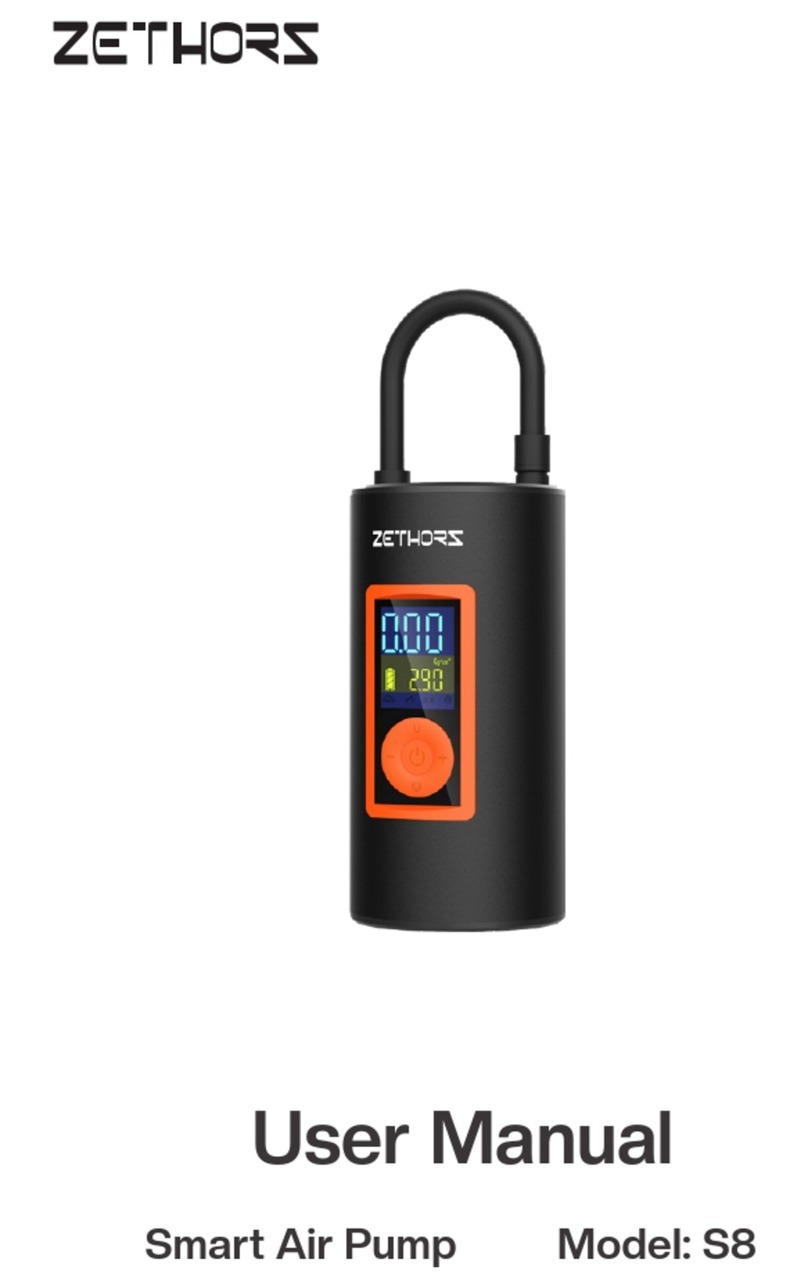
Index
Index
Index
Index
7
7
7
7 Maintenance
Maintenance
Maintenance
Maintenance.......................................................................................................................................
.......................................................................................................................................
.......................................................................................................................................
....................................................................................................................................... 23
23
23
23
7.1 Preventative measures
7.1.1 Pump down-time
7.2 Lubrication
7.2.1 Joint grease
7.3 Inspection
8
8
8
8 Malfunctions, causes, rectification
Malfunctions, causes, rectification
Malfunctions, causes, rectification
Malfunctions, causes, rectification......................................................................................................
......................................................................................................
......................................................................................................
...................................................................................................... 25
25
25
25
9
9
9
9 Pump Dismantling / Reassembly
Pump Dismantling / Reassembly
Pump Dismantling / Reassembly
Pump Dismantling / Reassembly........................................................................................................
........................................................................................................
........................................................................................................
........................................................................................................27
27
27
27
9.1 Pump Dismantling / Reassembly........................................................................................... 27
9.1.1 Prepare the pump for dismantling
9.1.2 Dismantling
9.1.3 Reassembly
9.2 Rotating unit – individual parts .............................................................................................. 33
9.2.1 Dismantling
9.2.2 Rotating unit (RTE) - prepare individual parts for reassembly
9.2.3 Rotating unit (RTE) - individual parts - reassembly
9.3 Holding band - assembly........................................................................................................ 38
9.3.1 Prepare the holding band
9.3.2 Check the holding band
9.3.3 Assembling the holding band
9.3.4 Correct tension for the holding band (HBD)
9.3.5 Cant up the holding band
9.3.6 Shear the holding band
9.3.7 Check the holding band after assembly
9.4 Shaft seal ............................................................................................................................... 41
9.4.1 Safety
9.4.2 Application conditions and material version
10
10
10
10 Spare parts
Spare parts
Spare parts
Spare parts.........................................................................................................................................
.........................................................................................................................................
.........................................................................................................................................
.........................................................................................................................................
10.1 Order template for spare parts...............................................................................................
11
11
11
11 Special tools
Special tools
Special tools
Special tools.......................................................................................................................................
.......................................................................................................................................
.......................................................................................................................................
...................................................................................................................................
12
12
12
12 Related documents
Related documents
Related documents
Related documents.............................................................................................................................
.............................................................................................................................
.............................................................................................................................
......................................................................................................................
13
13
13
13 Appendix
Appendix
Appendix
Appendix..........................................................................................................................................
.............................................................................................................................................
.........................................................................................................................................
...................................................................................................................................
13.1 Manufacturer's documents / suppliers
Subsidiaries






















